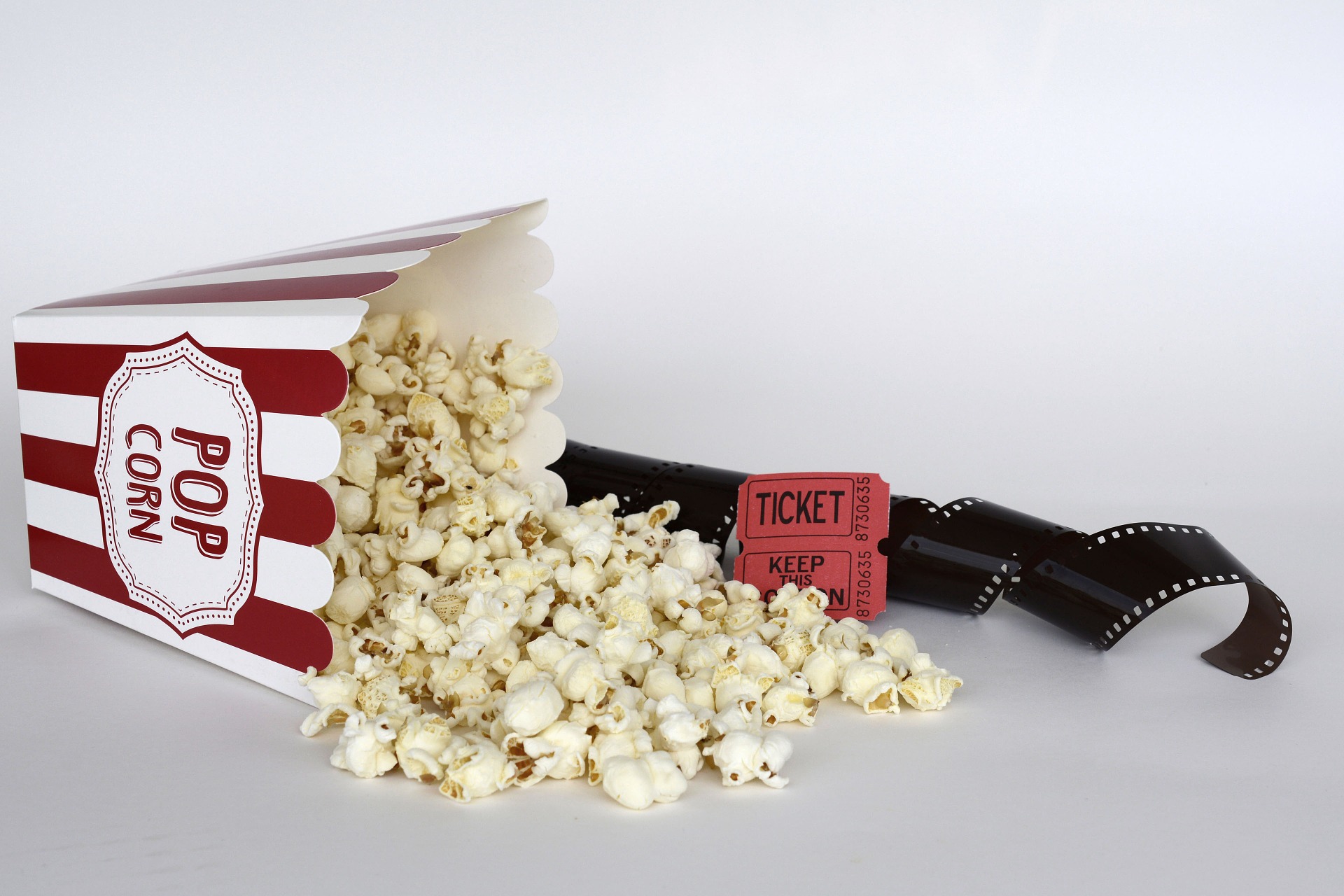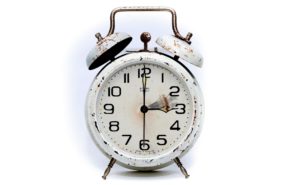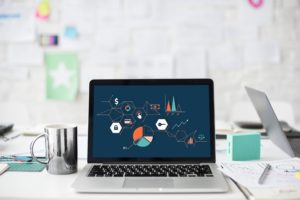
Our Library is thrilled to have digitized some unique materials from 1923 and shared them with the world for Public Domain Day 2019. We thought we’d dig deeper here on the Office of Scholarly Communication Services blog about why we were able to do all this without infringing anyone’s copyright.
Grab your popcorn, because here we go!
What is copyright, and what’s the public domain?
Despite seeming daunting at times, at its core, copyright is surprisingly straightforward: Copyright laws give authors of expressive works (imagine: paintings, musical scores, essays, articles, novels, screenplays, and the like) exclusive rights over their creations for limited periods of time. Unless some exception applies (we’ll say more below), the person or entity who holds copyright is the only one who can publish, reproduce, adapt, perform, or display that creative work for as long as the copyright protection lasts. Providing authors and artists these exclusive rights is intended as a reward system to encourage them to write and make things. But, these rights do not last indefinitely because perpetual protection would stymie innovation–since other scholars and artists would not be able to build upon the existing works.
This time-limited incentive framework originated from Article 1, Section 8 of the Constitution, which empowered Congress to create laws meant promote the “progress of science,” which they intended broadly). The copyright laws that Congress subsequently created grant authors what is often referred to as a “bundle” of time-limited exclusive rights. There are some important exceptions to an author’s exclusive rights, such as fair use–which is intended to promote scholarship and research by allowing otherwise-protected uses of a copyrighted work.
You can begin to see that if a scholar is writing a book or article that reproduces or adapts someone else’s creation, the scholar may need the copyright holder’s permission if the work is still protected, and the scholar’s intended use exceeds what’s considered “fair” (a target sometimes hard to nail down).
A key point in this reward framework is that copyright protection does expire–and when it does, the works enters what is called the “public domain.” Public domain works can be used by anyone for any purpose, without having to ask the author’s permission first. When materials enter the public domain, suddenly it becomes possible to adapt or excerpt them in any fashion without worrying about whether one’s use falls within the fair use exception, or whether the author’s permission is needed.
With an entire year’s worth of U.S publications now entering the public domain, scholars and artists have a rich new crop of unrestricted content with which to play.
How long does copyright last?

What is so special about 1923, and why is it the magic number right now for the public domain? In 1998, Congress amended the copyright laws such that many works published from 1923 through 1977 received an extended grant of copyright protection for 95 years from the date of their creation. When the clock struck January 1st, 2019, those 95 years were up for anything published in the United States in 1923. Now, and for the next few decades unless Congress changes the laws again, each time we mark a January 1st, a new year’s worth of once-copyrighted material will enter the public domain.
This January 1st public domain extravaganza will not carry on indefinitely, though. For many U.S. works created after 1977, the length of copyright protection is actually the author’s lifetime plus 70 years–rather than a set 95-year period. That means, to determine the public domain status of a work written in, say, 1985, someone would need to investigate whether the author is still alive and, if not, whether 70 years have transpired since her death. (The period is even longer for corporate-authored works.)
Complicating matters even further is the fact that there are many publications published between 1923 and 1977 that are already in the public domain, even though 95 years have not yet transpired since their creation. This is because certain procedural requirements applied during that time period that obligated authors to take extra steps to either receive or extend their copyright protection. Here’s an illustration: Imagine two authors each wrote an autobiography in 1977. One of those autobiographies is still protected by copyright, but the other is already in the public domain because the writer failed to publish it with a copyright notice (sometimes designated as “©”), which was a formality required at the time. These days, copyright protection applies automatically, and it is not necessary to include a copyright notice on one’s work or register the work with the U.S. Copyright Office to receive protection.
In fact, some of the items we digitized for our Public Domain Day project were technically already in the public domain! We could have digitized them earlier, but it’s actually quite challenging for individual libraries to research the registration and formalities compliance of materials on an item-by-item basis. Now that it’s 2019, we can safely digitize 1923 without having to dig into each item individually. (By the way, HathiTrust, an online digital library, has been trying to distribute the work of identifying more titles from 1923-1977 that have entered the public domain. They have organized a Copyright Review Program to help spread the item-by-item labor across multiple institutions.)
Why does the public domain matter for scholars?
You can start to see that these laws regarding copyright duration can be extraordinarily complex. But, sifting through all of them can be critical for campus scholars if they wish to use or republish portions of other people’s creative works in their own scholarly writing. Fortunately, our Office of Scholarly Communication Services helps the campus navigate these nuances, as well as evaluate whether their scholarly intentions may fall within the fair use exception.
Certainly, the more material no longer protected by copyright, the clearer everything becomes for scholars seeking to use it. If writers wished to adapt those 1977 autobiographies mentioned above into a movie, or to republish large portions from them in their research, the prospect of doing so becomes a lot easier with the autobiography that has entered the public domain.

The public domain also offers another boon for scholars: More content to freely text mine.
Text mining describes a research approach in which scholars use automated methods to identify, extract, and analyze patterns and trends in large volumes of digital content. For instance, text mining techniques have made it possible for scholars like UC Berkeley’s David Bamman to extract language from novels to understand how depictions of gender have changed in fiction since the eighteenth century, or analyze the rhetoric of campaign speeches to make predictive determinations about audience response. Having more material in the public domain can help with that by removing potential copyright barriers as scholars access and republishing the text being analyzed.
Many of our campus scholars ask important questions about socio-cultural trends. Often, the content they need to study–let’s say content embedded in scientific journals–is protected by copyright. Our office helps these researchers understand that their text mining research methodologies can be fair use. However, if the researchers also want to share the content that they are analyzing with others–so that other scholars can verify the algorithms being used, or query the text for different questions–then, researchers might be pushing the limit of what is a “fair” amount of republishing or redistribution of copyright-protected text. Again, as more content enters the public domain, these barriers disappear.
We hope this Public Domain Day 2019 explainer has helped clarify the mechanics and frame the significance of what happened on Jan. 1. If you’d like to learn more or need some copyright help, be in touch!